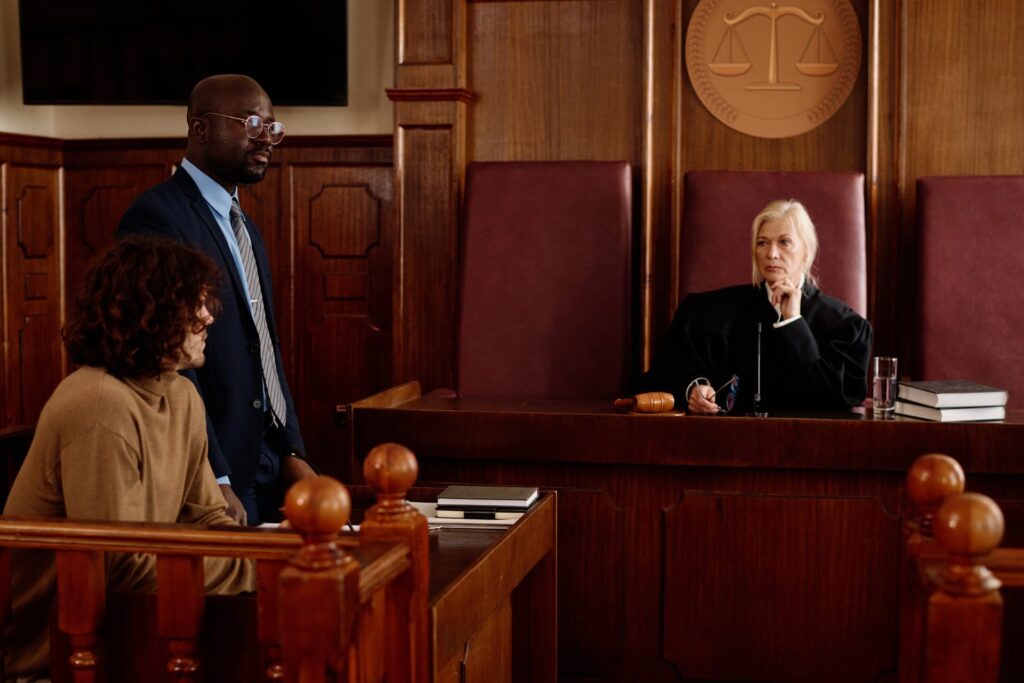Not all divorces involve acrimony from one or both spouses. Sometimes the spouses are in agreement and able to determine how to settle their divorce on terms both are happy with. If neither side is in disagreement with the proposed divorce terms, that’s called an uncontested divorce. As you might imagine, the time to finalize that type of divorce can differ from divorces where one or both spouses contest the requests of the other. Here’s what you need to know.
What Can Be Included in an Uncontested Divorce?
Pretty much any aspect of a marriage that would be covered in a contested divorce can be handled in an uncontested divorce:
- Division of property and assets
- Parenting time (including physical custody)
- Legal physical custody
- Child support and/or alimony
The fewer elements present in the divorce, the more likely the couple can move forward amicably. A couple that has no property or children and few monetary assets can often manage an uncontested divorce. If there are significant amounts of assets and property or children in the marriage and custody is an issue, the likelihood of having a contested divorce increases.
What Are the Requirements for an Uncontested Divorce in Illinois?
The number of requirements is low: Just two.
- The couple must agree on all issues to be covered in the divorce agreement (as discussed above).
- The person filing for divorce must have lived in Illinois for at least 90 days before filing. This includes members of the military stationed in Illinois.

The residency requirement isn’t complex, but coming to an agreement on all issues covered by the divorce can be tricky. Even if a couple thinks they’ll fully agree on everything, working with an experienced divorce attorney can help guide them through the process if things start to become contentious.
What Is the Time Frame for an Uncontested Divorce?
If the above requirements are met, finalizing an uncontested divorce can be done more quickly–and thus more inexpensively–than a contested divorce. It can be done within a couple of months, although occasionally, it could take as long as six months, as opposed to months or even years, for a contested divorce.
There are generally two ways an uncontested divorce proceeds.
- Both spouses are involved. One of the spouses files for divorce with the county clerk of courts. Then either the spouse who filed must serve the other spouse notice of the divorce filing, or the other spouse must file an Entry of Appearance form. Once these two actions are completed, the court will schedule a hearing. Both spouses attend the hearing, and the judge determines if the paperwork is complete and the divorce terms are fair to both. If the judge agrees, they sign the dissolution agreement that formally dissolves the marriage.
- One spouse is involved. This is known as an uncontested by default divorce. In this case, one spouse files for divorce, but the other doesn’t respond. The case moves ahead with only the spouse who filed, and the judge will work with that spouse’s requests.
What Is a Joint Simplified Dissolution of Marriage?
This is a version of an uncontested divorce that’s simplified from the uncontested version described above. It’s quicker and easier than even an uncontested divorce, but it has several requirements. If the couple doesn’t fit all these conditions, they can’t do the joint simplified dissolution of marriage and should look at an uncontested divorce instead.
- One or both spouses must meet the 90-day Illinois residency requirements.
- The marriage must have lasted no more than eight years, and the couple must not have had children. They must also have been living apart for at least six months or formally waive the need for that.
- Neither spouse can ask or expect the other to support them financially.
- The couple’s combined gross income cannot exceed $60,000, and neither spouse can make more than $30,000 annually.
- Neither spouse can own real estate, they cannot share retirement accounts, and any individually owned retirement accounts must have a combined value of less than $10,000.
- Subtracting any debts, the marital property the couple owns cannot be valued above $50,000.
- Parties must have kept each other informed about all assets, debts, and tax returns during the marriage. To complete the simplified joint dissolution of marriage, they must create a mutual agreement that specifies how all assets worth more than $100 will be divided and all remaining debts allocated.
- If the couple had pets together, they must create a written agreement of who will own the pet after the marriage is dissolved.

These requirements significantly restrict who can apply for the simplified joint dissolution of marriage. However, people who don’t qualify for this may still qualify for an uncontested divorce. If you have questions about what type of divorce you and your spouse can use, contact a divorce attorney.
What Should I Do if I Need Help Working on an Uncontested Divorce?
Call the Law Offices of Robert Buchanan at 312-757-4833 for a no-obligation free consultation. Even if it seems simple, involving an experienced, knowledgeable divorce attorney is advisable to ensure that the agreements the couple mutually developed will be legally binding and not cause issues when the case goes to divorce court. It can help both spouses to know that each respects the agreement enough to make it legally binding.








